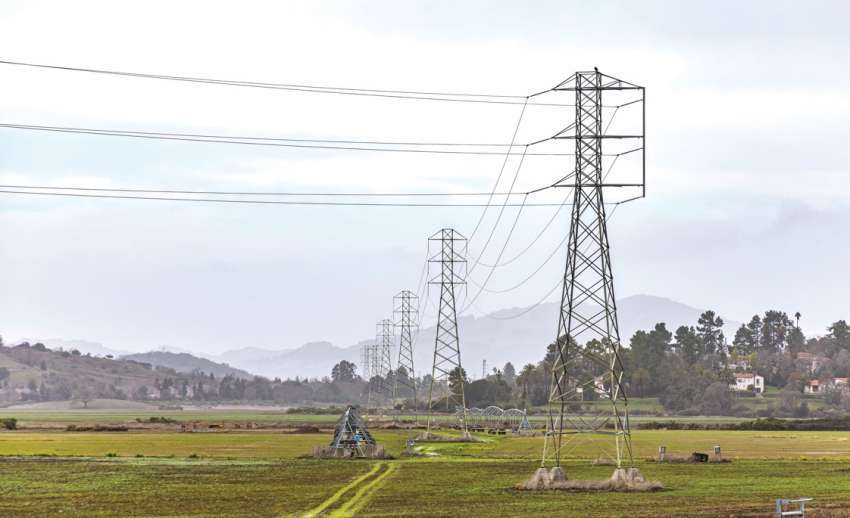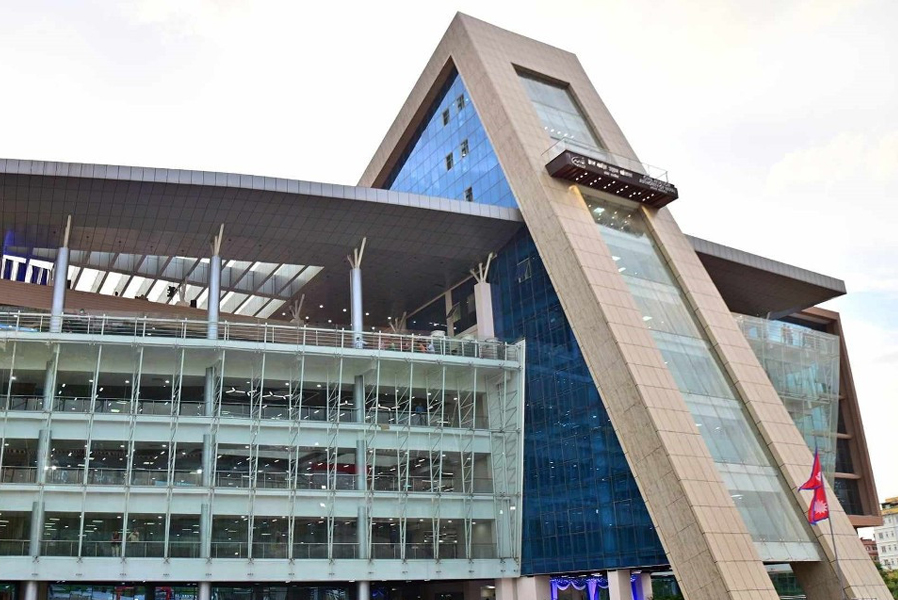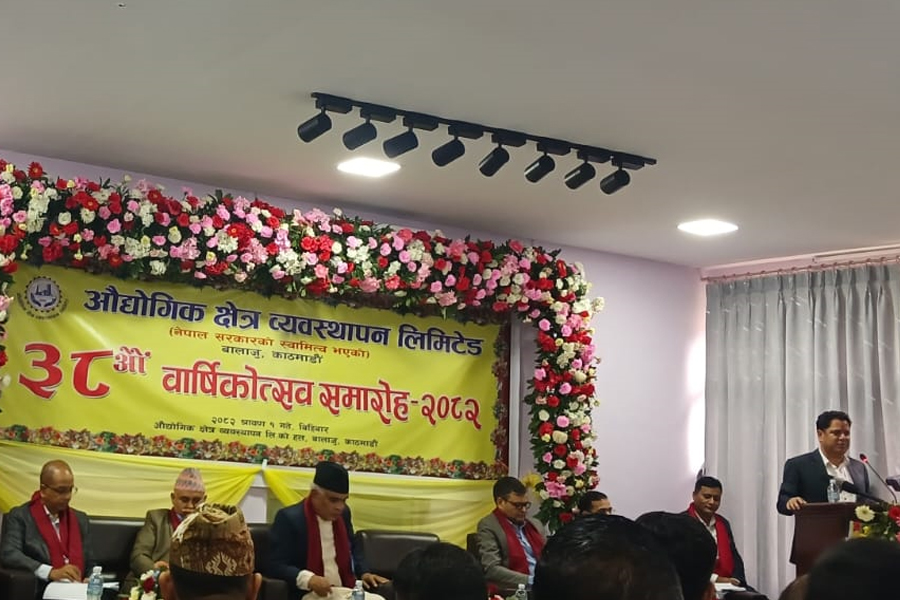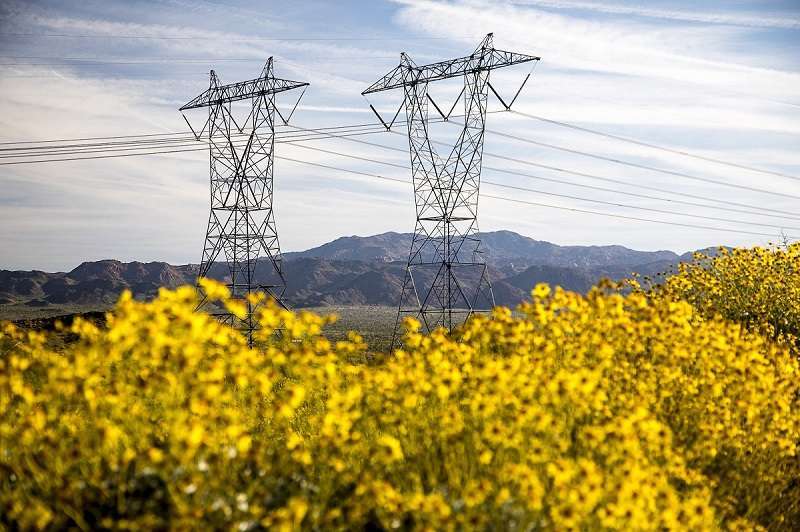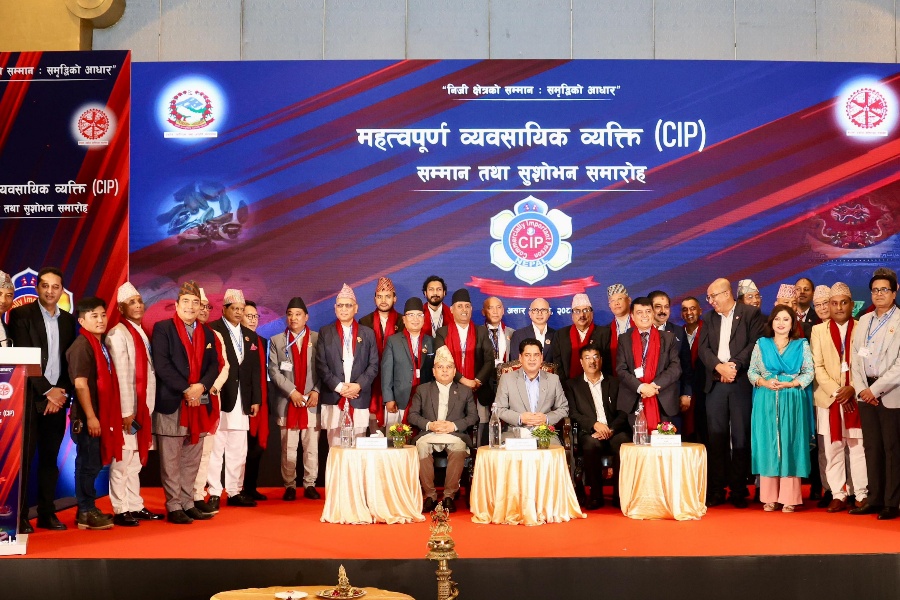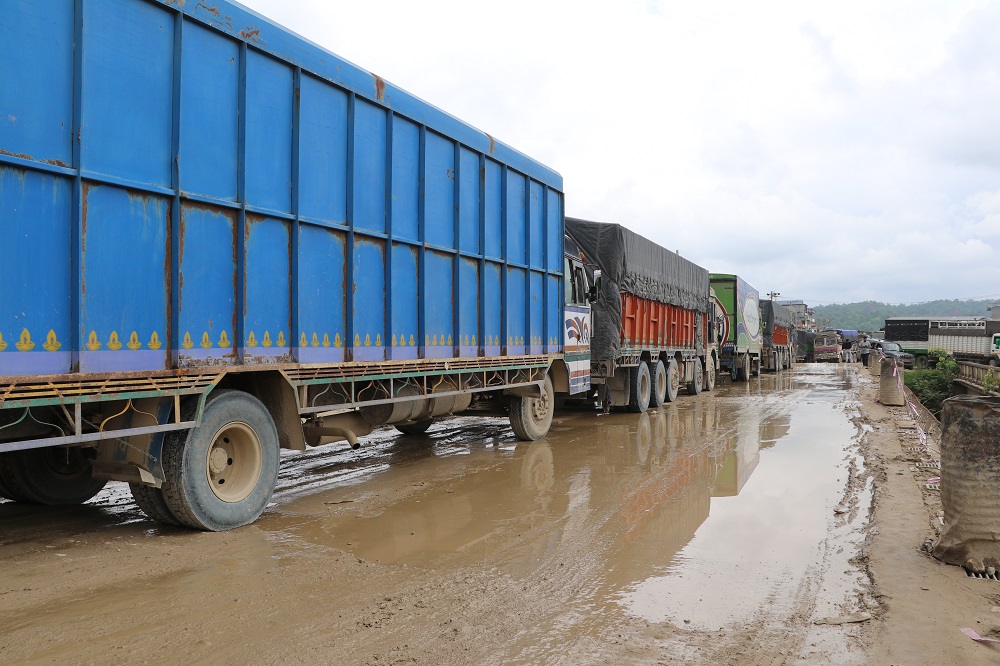Industries in Nepal’s eastern Terai region are facing prolonged power outages despite the ongoing monsoon season, which typically ensures steady hydropower generation. Business owners in key industrial hubs such as the Jitpur–Simara and Birgunj corridors report daily power cuts ranging from eight to ten hours, severely disrupting operations.
Rahul Agrawal, Vice President of the Association of Nepalese Rice, Oil & Pulses Industry and operator of Shiv Shakti Dal Mill in Birgunj, stated that electricity is frequently cut without prior notice, often for extended durations. He noted that power was out for eight hours last Sunday, and a subsequent outage that began at 4 p.m. Monday lasted nearly 31 hours, with additional cuts occurring again on Wednesday. Agrawal emphasized that such unannounced blackouts during working hours have significantly affected productivity.
Approximately 500 small, medium, and large-scale industries operate within the Birgunj corridor, all of which have been affected by the erratic power supply. Similar issues have been reported in the Morang-Sunsari industrial belt, where industries are also facing daily outages of seven to eight hours, according to food industry entrepreneur Vibhor Agrawal. He said production capacity in the region has dropped by up to 50 percent.
Agrawal attributed the outages to ongoing issues in the national grid, with the Nepal Electricity Authority (NEA) citing technical faults and system overloading, even during the monsoon.
He warned that inconsistent electricity disrupts the drying process of crops in food processing facilities. Grains left in dryers during sudden blackouts risk spoilage, he said.
While some industries in the Morang-Sunsari corridor receive prior notice of power cuts, businesses in Birgunj have been facing sudden interruptions every now and then, leaving operators unable to plan or mitigate the impact. Agrawal urged the NEA to implement a fixed load-shedding schedule, which would allow businesses to carry out maintenance and stock management during downtime.
The business community has expressed frustration over what they describe as "unofficial load-shedding," especially while Nepal continues to export electricity to India and Bangladesh. Industry leaders argue that domestic producers are being unfairly disadvantaged and say repeated appeals to authorities have gone unheard.
NEA Executive Director Hitendra Dev Shakya denied that official load-shedding is taking place but acknowledged issues related to frequent "tripping" in several Terai districts. He attributed the disruptions to high temperatures and seasonal storms in June, which he said caused strain on the transmission infrastructure. Shakya explained that electricity demand peaks during hot weather, leading to temporary grid failures. He added that these issues typically subside after August-September, once the monsoon season ends.
Currently, Nepal's daily electricity consumption stands at approximately 2,300 megawatts, with generation capacity at around 2,800 megawatts. However, a flood in Rasuwa on July 8 disrupted operations of hydropower plants with a combined capacity of 240 megawatts. The NEA has not provided a timeline for when these plants will resume operation.

